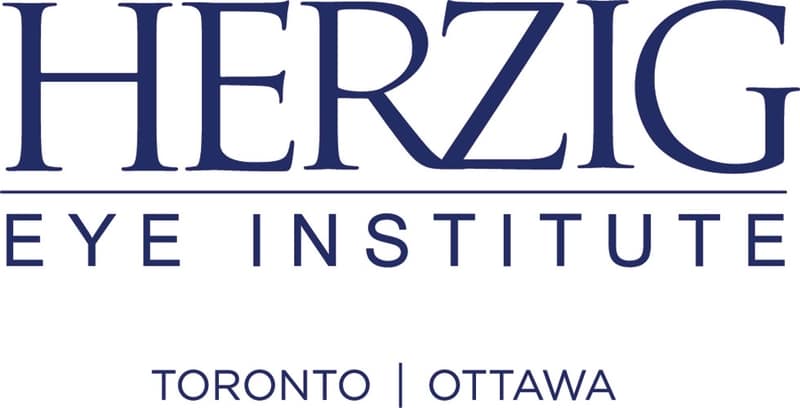What is Corneal Cross-Linking and What Does it Treat?
Corneal cross-linking (or collagen cross-linking) is a minimally invasive therapeutic treatment used to halt the progression of keratoconus. During this procedure, riboflavin (Vitamin B) eye drops are applied to the eye as it is exposed to ultraviolet light.
Corneal cross-linking effectively stiffens the cornea and prevents the progressive ‘coning’ of the cornea. Not only does it prevent worsening of keratoconus, but 50% of people may experience an improvement in the shape of their cornea. Select patients may further benefit from a combined corneal cross-linking procedure with a concurrent laser procedure.
WHAT IS KERATOCONUS?
The cornea is the most important focusing component of the eye.
Typically, it’s the shape of a basketball, allowing you to see clearly. Keratoconus causes a gradual change of the corneal shape from a sphere to a cone. With this ‘coning’ of the eye, the person’s vision gets worse.
In the early stages, keratoconus presents as worsening astigmatism or increased distortion in vision. It can initially be corrected with hard contact lenses.
If left untreated, it can cause permanent vision loss requiring corneal transplantation. Keratoconus typically first appears in individuals who are in their late teens or early 20s.
KERATOCONUS SYMPTOMS
- Blurry vision
- Eye strain
- Increased light sensitivity
- Difficulty driving at night – halos
- Eye irritation and excessive eye rubbing
What are Treatments for Keratoconus?
At Herzig Eye Institute, we provide full care and follow up for all stages of keratoconus, mild or severe. We use our advanced technology to map the cornea and monitor the progression of the disease. If you require treatment, we can provide full care tailored to the stage of the condition.
Corneal Transplantation
Advanced keratoconus may require an outpatient procedure called a corneal transplant, or keratoplasty, where part of the cornea is replaced with corneal tissue from a donor. A corneal transplant can restore vision, reduce pain, and improve the appearance of a damaged or diseased cornea. Most corneal transplant procedures are successful, but corneal transplants carry a small risk of complications, such as rejection of the donor cornea.
VISIAN ICL & Toric Intraocular Lenses
Patients with moderate keratoconus may benefit from treatments effective for the reduction of astigmatism. Intraocular Collamer Lenses (ICL) such as the Visian ICL or Refractive Lens Exchange (RLE) with a toric intraocular lens may help with astigmatism.

What to Expect
Preparing for the Procedure
To prepare for your procedure, there may be a few pre-operative considerations. All of these will be shared with you by your Refractive Consultant and the doctor during your comprehensive consultation. Some of these instructions might include:
- Switching to glasses and refraining from contact lens wear for 1-8 weeks (depending on the type of contact lenses you wear)
- Arranging transportation to and from Herzig Eye Institute for your procedure day
What to Expect During the Procedure
The corneal cross-linking procedure is done one eye at a time and is quick and painless. The epithelium (thin layer on the surface of the cornea) is gently removed and Riboflavin eye drops will be applied to the cornea and is then exposed to UV light.
Once complete, a soft bandage contact lens is placed on the eye to protect it and promote healing. The process is then repeated on the other eye.
What to Expect After the Procedure
Directly following the procedure, you will be examined and given your first set of drops. After your examination, it is recommended you go home and rest as you may be experiencing sensitivity. Discomfort is normal during this time. The drops and medications provided will help minimize this discomfort.
A medicated drop regimen needs to be followed after the procedure. For four to five days after the procedure, the protective contact lens bandage must remain on to help promote the healing of the epithelium.
Other directions will be provided by your Refractive Consultant, the nurses, and the surgeon on the day of your procedure.
Post-Operative Examinations
It is critical you are seen for all necessary post-operative follow up appointments at Herzig Eye Institute or with your referring optometrist. The typical post-operative follow ups are: 1 day, 4-5 days, 1 month, and 3 months after your procedure. Additional appointments may be recommended.




